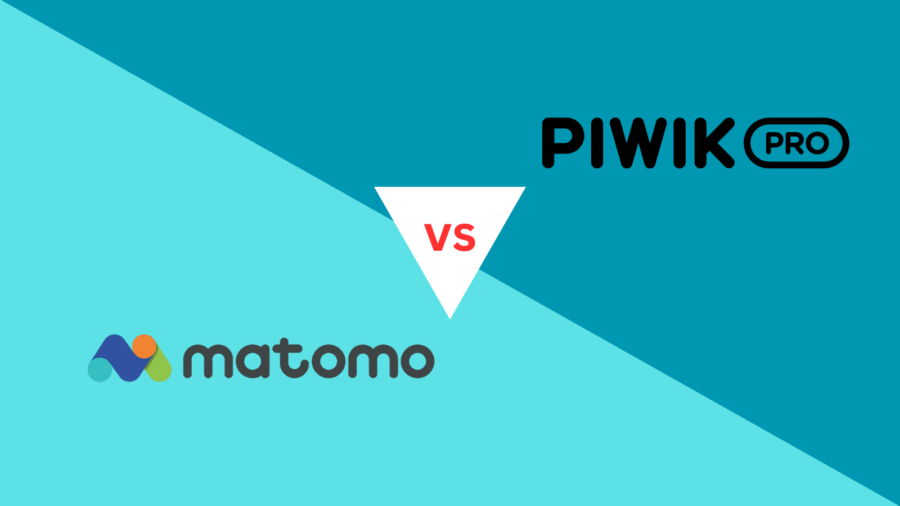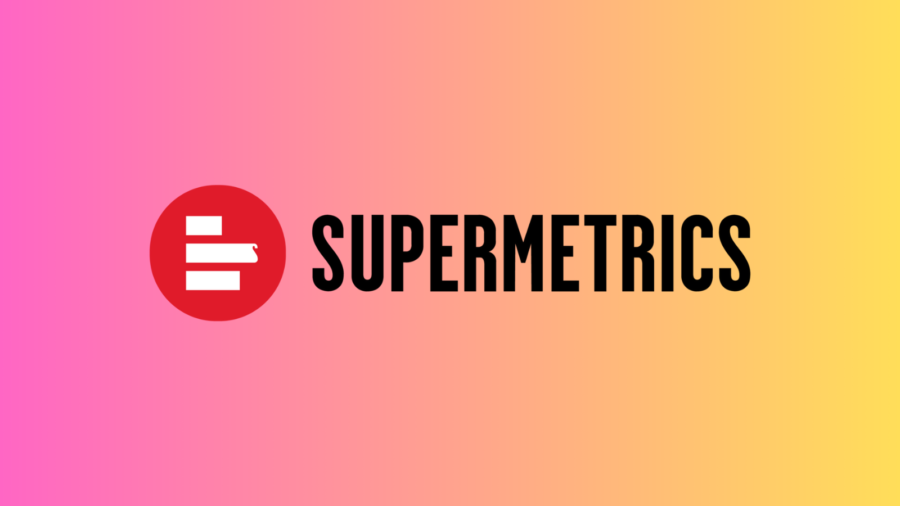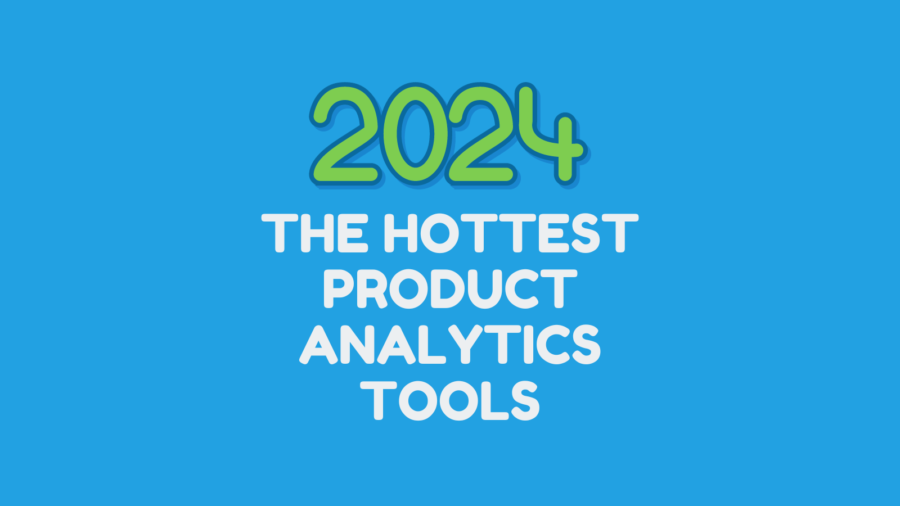D3.js emerges as a beacon of creativity and insight, translating complex data into captivating visuals. This article embarks on a journey through D3.js from a Product Analytics perspective, unraveling its transformative capabilities with the aid of real-world examples.
Unveiling D3.js: Where Art Meets Data
D3.js, short for Data-Driven Documents, stands at the forefront of interactive data visualization. It’s a JavaScript library that empowers developers and designers to craft dynamic, data-powered visuals that breathe life into raw information.
The Essence of Product Analytics
Product Analytics involves meticulous data collection, measurement, and interpretation, revealing a product’s performance, user interactions, and market trends. This practice serves as the compass guiding product strategies, enhancing user experiences, and propelling overall business growth. By distilling insights from product analytics, companies fine-tune their products, identify areas for refinement, and align their offerings with evolving customer needs.
Elevating Product Analytics with D3.js
- Data Artistry: D3.js empowers the creative exploration of data sources. Developers can transform diverse datasets into a variety of visual formats, from bar charts and scatter plots to complex network diagrams, enabling product analysts to grasp insights in novel ways.
- Custom Visual Expressions: D3.js grants developers the freedom to craft tailored visualizations that align with specific analytical goals. This flexibility ensures that insights are communicated effectively to different audiences.
- Interactive Insights: D3.js excels in interactivity. Developers can create visuals with tooltips, filters, and animations, allowing product analysts to dynamically explore data and uncover hidden insights.
- Real-time Data Dynamics: In the realm of product analytics, timely insights are invaluable. D3.js can be integrated with real-time data streams, enabling product teams to stay up-to-date and make swift, informed decisions.
Unveiling Business Value with D3.js: Real-world Examples
- User Behavior Patterns: Imagine a social media platform analyzing user engagement patterns. D3.js can visualize user interactions over time, highlighting peak activity periods. This insight guides content posting schedules for maximum user engagement.
- Sales Performance Analysis: An e-commerce platform seeks to analyze product sales. D3.js can transform sales data into visually engaging line charts, revealing trends, and seasonality. These insights inform inventory management and marketing strategies.
- Market Segment Insights: A tech company aims to understand market segments. D3.js can create a bubble chart depicting customer demographics and preferences. This aids in tailoring product features to specific audience needs.
Crafting Data-Driven Narratives
D3.js’ impact on data visualization is profound. It enables businesses to craft unique visual narratives, whether for refining product features, optimizing marketing strategies, or predicting market trends.
In the journey towards data-driven success, D3.js stands as a versatile tool for product analytics. Its capabilities empower organizations to transcend data complexity and communicate insights effectively, fostering product innovation and driving business growth. In the diverse world of data visualization, D3.js shines as a creative torchbearer, illuminating the path to meaningful, informed decisions.





